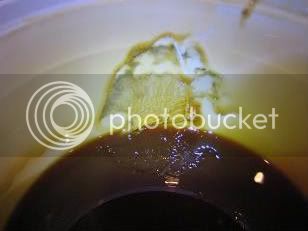SacredBrew
Active Member
- Joined
- Jan 14, 2009
- Messages
- 37
- Reaction score
- 0
So I started a lager a week ago. The first 3 days the 5 gallon carboy sat at 60 degrees F. Then for a day it sat at 50-55 Degrees F, Than for the last 3 days its sitting in my basement at about 43-45 degrees F. It seems as though the yeast has gone to sleep. It is not bubbling much at all. Is this because It was to much of a shock going from high to low temeratures? What can I do to get the yeast active?
Thanks so much
Jon
Thanks so much
Jon


